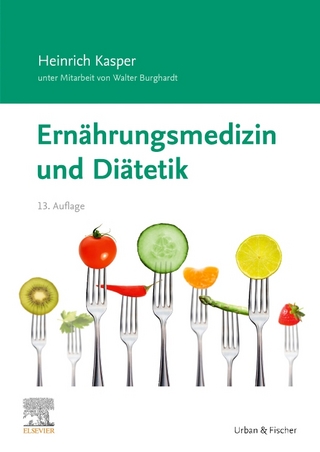
2021 Europe and Central Asia
regional overview of food security and nutrition, statistics and trends
Seiten
2022
Food & Agriculture Organization of the United Nations (FAO) (Verlag)
978-92-5-135249-6 (ISBN)
Food & Agriculture Organization of the United Nations (FAO) (Verlag)
978-92-5-135249-6 (ISBN)
The COVID-19 pandemic has had a negative effect on food security in the region. It is in this light that this report seeks to assess how food security and nutrition indicators in the region, subregion and countries have changed under the shadow of the pandemic and to monitor the region's progress towards achieving the SDGs.
The state of food security and nutrition in the world, including that of the Europe and Central Asia region, was marked in 2020 by the outbreak of COVID-19 and resulting disruptions to markets, trade and food supply chains. The pandemic has had a negative effect on food security in the region. It is in this light that the report seeks to assess how food security and nutrition indicators in the region, subregion and countries have changed under the shadow of the pandemic and to monitor the region's progress towards achieving the SDGs.The first major conclusion is that the subregions (such as the Caucasus and Central Asia) and countries that were already vulnerable before the pandemic became even more so in 2020. The resilience of the Europe and Central Asia region relies mostly on the provision of solid effort in the vulnerable subregions. The second major conclusion is that, although the region was doing better than the world in 2020 in some indicators, there is still an enormous amount of work ahead to achieve the Sustainable Development Goals
The state of food security and nutrition in the world, including that of the Europe and Central Asia region, was marked in 2020 by the outbreak of COVID-19 and resulting disruptions to markets, trade and food supply chains. The pandemic has had a negative effect on food security in the region. It is in this light that the report seeks to assess how food security and nutrition indicators in the region, subregion and countries have changed under the shadow of the pandemic and to monitor the region's progress towards achieving the SDGs.The first major conclusion is that the subregions (such as the Caucasus and Central Asia) and countries that were already vulnerable before the pandemic became even more so in 2020. The resilience of the Europe and Central Asia region relies mostly on the provision of solid effort in the vulnerable subregions. The second major conclusion is that, although the region was doing better than the world in 2020 in some indicators, there is still an enormous amount of work ahead to achieve the Sustainable Development Goals
| Erscheinungsdatum | 03.05.2022 |
|---|---|
| Zusatzinfo | col. figs, tables |
| Verlagsort | Rome |
| Sprache | englisch |
| Themenwelt | Medizin / Pharmazie ► Gesundheitsfachberufe ► Diätassistenz / Ernährungsberatung |
| Technik ► Lebensmitteltechnologie | |
| Weitere Fachgebiete ► Land- / Forstwirtschaft / Fischerei | |
| ISBN-10 | 92-5-135249-6 / 9251352496 |
| ISBN-13 | 978-92-5-135249-6 / 9789251352496 |
| Zustand | Neuware |
| Haben Sie eine Frage zum Produkt? |
Mehr entdecken
aus dem Bereich
aus dem Bereich
Indikation, Diagnostik, Therapie
Buch (2024)
Thieme (Verlag)
80,00 €
Unter Mitarbeit von Walter Burghardt
Buch | Softcover (2020)
Urban & Fischer in Elsevier (Verlag)
56,00 €


